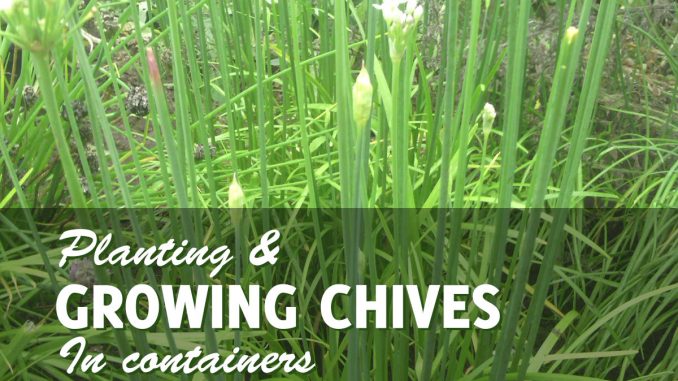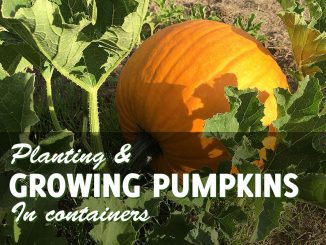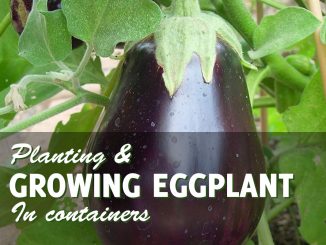
Growing chives in pots can be a worthwhile addition to your portfolio of kitchen plants. Chives are grass-like plants made up of small bulbs with slender stems and leaves.
An Introduction to Growing Chives in Pots
The smallest herb in the onion family, chives are very useful in the kitchen. The leaves of the chive plant are used to add a hint of onion or garlic flavor to sauces, soups, omelets, salads, and sandwiches. The purple flowers of chives are used as a garnish for salads.
Chives are also known for their health benefits. Thousands of years ago, chives were used to stop poisoning and bleeding. Chives are a rich source of vitamin C, which curbs flu and colds as well as aids in digestion. They also contain flavonoids, potassium, and saponin that have anti-cholesterol and anti-oxidant properties.
Chives, which are perennial plants, grow year after year and die down in the late fall. Usually, these plants grow again in spring. They are one of the easiest herbs to grow, as they do not need much maintenance.
Throughout the growing season, all you have to do is to water, trim, and weed the plants. Also, they do not take up much space. That is why it is possible for chives to be grown indoors in pots or containers. The following are general tips to help you with growing chives in pots or containers.
Growing Chives From Seeds
You can grow chives from seeds. Chives have very small, black seeds that come in different types. Two of the most common seeds are standard chive seeds and garlic chive seeds. Standard seeds grow into onion-tasting chives with green and slender leaves, while garlic seeds grow into chives with mild garlic flavor. Chive seeds are easy to find—they are available online, in the seed racks of groceries, and in garden centers.
Soil Conditions for Growing Chives in Pots
Chives grow best in well-drained and well-dug soil, which provides optimum moisture and nutrients. The soil must be warm enough so that the seeds will sprout. You can mix organic compost as well, to make the soil richer.
Planting Chives in Pots
Spring and Summer are the ideal times for planting chives. These plants can grow well at a temperature of 16 degrees Celsius or 61 degrees Fahrenheit. Chives should be exposed to adequate sunlight, though they need partial shade during summer. The container can be placed near the kitchen windowsill or in an unheated area of your veranda where there is enough sunlight and partial shade. To grow chives indoors, you need chives seeds, soil mix, compost, and a pot. Plant a few seeds and make sure they are watered regularly and kept warm.
Caring for and Harvesting Your Pot Grown Chives
Trimming Your Chives
When your chives have grown bigger and produced healthy leaves, it is time to trim them off. The flower heads of chives should be cut away to encourage the leaves to grow. Trimming off the flowers also prevents self-sowing of the plants.
Weeding Your Chives
Keep your plants as weed-free as possible. Weeds compete with chives for moisture and nutrients in the soil, and as a result, your chives may not grow as healthily as it should. To get rid of weeds, dig up the entire bunch of bulbs and take the weeds and their roots away from the bulbs. When you are done with weeding the chives, plant them back carefully.
Harvesting Chives Grown in Pots
If you sow chive seeds in early spring, you can harvest the plants a year or more after. It can be done anytime, as long as the leaves are of sufficient length. However, it is not advisable to harvest your chives before it begins to produce flowers. To harvest your chives, cut them using scissors and then leave about 2 to 3 inches of the plant.
Possible Problems
In general, growing chives in containers does not often lead to problems. However, lack of moisture and other factors may cause the chives to develop diseases such as rust disease. Sometimes, greenflies and other pests attack chives, causing the plants to collapse. If it happens to your plants, take away the top and get rid of the debris. Once you notice that the plants have become smaller and very brown, trim them down to 3 inches from the surface. The plants will begin to grow again once the weather is warm.
Growing chives in containers is quite easy, isn’t it? All you need to do to keep it healthy is to look after it from time to time, making sure that it gets watered regularly, and the crowded bunch of bulbs are kept separated. Interested in other herb to grow in containers? Have a look at our guide to growing dill in pots!




Be the first to comment